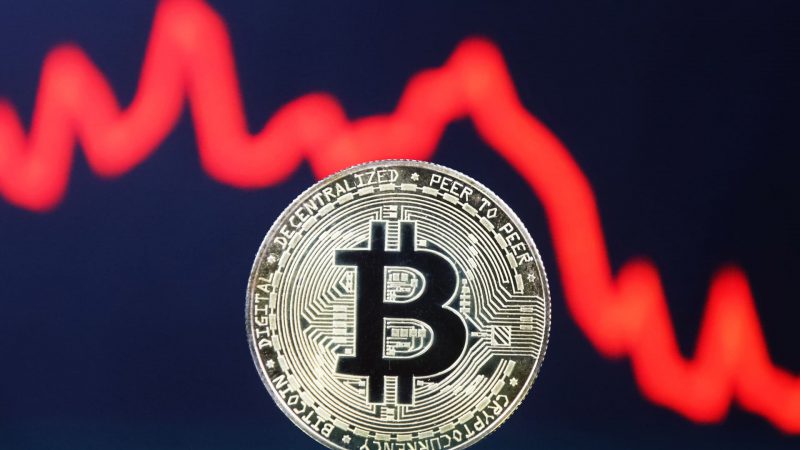The Bitcoin community has witnessed multiple narratives over the past decade. One prevalent portrayal remains BTC as ‘an inflation hedge’. Incidentally, 2022 laid out a potential proving ground. The digital asset faced its first macroeconomic instability, as U.S. inflation peaked at 9.1% in June 2022. So did Bitcoin prosper as a hedge? Unfortunately, it did not. According to consensus, if investors started buying BTC when inflation began last year, they would currently be underwater by ~20%.
While considered a letdown by the market, Bitcoin performed pretty well during a period of the U.S. dollar debasement. In this article, we will try to analyze this new theory, and how BTC displayed a different characteristic in 2022.
Also Read: Tesla Sold No Bitcoin in Q2 2023
Bitcoin as a Current Debasement Hedge
The initial inflation seed was sowed right after the COVID crash in March 2020. The Federal Reserve responded with its quantitative easing or QE, in an attempt to reduce interest rates, increase the supply of money and drive more lending to consumers and businesses. The M2 money supply started to rise, peaking in February 2021 and things started moving south.


Fast-forward to 2022, Inflation peaked due to supply chain issues, lockdown/curfew economic consequences, but excessive money-printing remained a critical reason. Consequently, BTC commentators hoped it would perform as an inflation hedge but the narrative failed terribly. This is where understanding currency debasement comes into play.
According to Ecoinometrics, if investors bought BTC anytime between the beginning of QE, all the way to peak M2 expansion in February 2021, they would be in a profitable position right now. Buying anytime during the inflation spike, negative returns ensued and were predominant at press time.


Why did BTC perform during a currency debasement?
Call it bad monetary policies for the United States during COVID, or worse debasement cases for other global currencies. The U.S. dollar was only ‘strong’ in comparison to other major currencies such as the Pound or the Yen. The global demand for the dollar only increased during M2 expansion, because other alternatives were suffering a bit more. So liquidity remained with the U.S. dollar and now during inflation pressure, it also destroyed the legitimacy of implemented if not proven, crypto thesis. Hence, when dollar currency debasement was taking place, Bitcoin was on the right side of liquidity, and currently, it is not.
The crypto industry is ruing the implications of the United States QE policy at the moment, as collective wealth depreciation, persistent inflation, and declining reserves, are technically, keeping the investors’ class poorer.
However, Bitcoin was a good inflation hedge after all…only if investors acted before the storm took everything in its sight.
Also Read: Bitcoin ETPs Register ‘Record’ Inflows: AUM Up by 25,000 BTC





